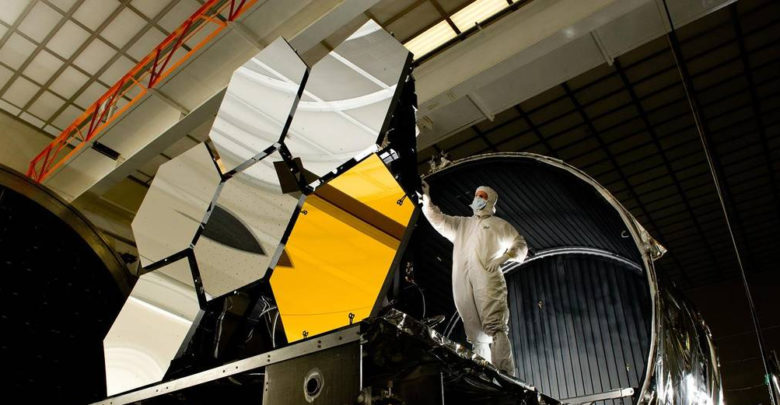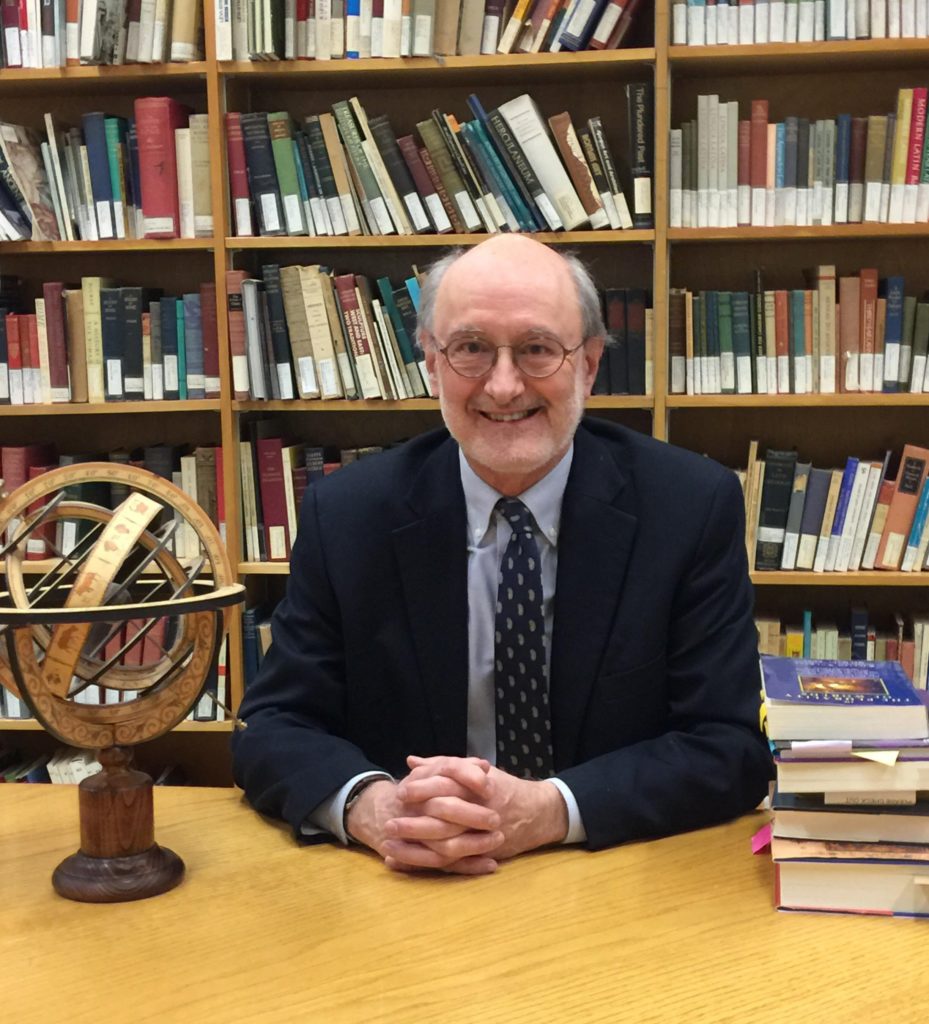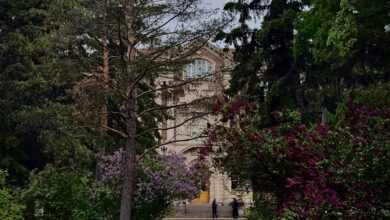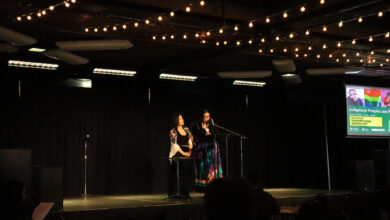James Webb Space Telescope marks ‘exciting period’ in space exploration, U of A space historian says
The James Webb Space Telescope will be the subject of Robert Smith's upcoming book, which he expects to release late next year.
 NASA/MSFC/David Higginbotham
NASA/MSFC/David HigginbothamA University of Alberta historian has been documenting every phase of the James Webb Space Telescope for 22 years, and continues to follow it now that the the spacecraft has reached its final destination in space.
Robert Smith, professor of history in the department of history, classics, and religion, has spent the past four decades chronicling the development of NASA’s Hubble Space Telescope and James Webb Space Telescope. The James Webb Space Telescope, which has now reached its final destination in space, will be the subject of Smith’s upcoming book — which he expects to release late next year.
Smith’s book will cover the making of the telescope, along with early scientific results collected from the spacecraft.
“With the James Webb Space Telescope, I started following the telescope in about 2002 when serious work [on it] began,” Smith said. “With any luck, in a few months time there will be scientific results secured from the James Webb Space Telescope… so one of the major themes for the latter section of the book will be how scientific observations that have actually been made matched up with what people have expected [the telescope] to be doing.”
This book is likely his last on a space telescope, due to the sizeable scale of such projects.

Smith has been documenting space history for the majority of his career. After completing the equivalency of a master’s degree in applied mathematics and theoretical physics, the history of science sparked his interest.
“At that point, I switched and I worked on really the history of astronomy in the early 20th century,” he explained. “‘Are there other galaxies in space besides our Milky Way galaxy’ and ‘is the universe expanding’ were the types of subjects of my PhD dissertation. From there I got interested in the development of telescopes.”
This lead Smith to working at the National Air and Space Museum in Washington, D.C. for 15 years, where he was involved in the Space Telescope History Project. This project introduced him working with space telescopes.
“I became fascinated with these kinds of very large-scale projects involving interactions between science, technology, politics, and trying to establish how a project in somebody’s head actually moves forward and leads to an operating telescope or operating observatory,” he said.
“So my route into space came via the astronomy and the tools that astronomers were developing to pursue astronomy. And because you can do a lot of fun space [research] with telescopes… I became extremely interested in space telescopes.”
Smith described the work being done with the James Webb Space Telescope as an exciting period for space exploration.
“It is an exciting period, because one of the lessons of the history of astronomy is when a big new telescope is built, [a telescope that] is more powerful in certain ways than any telescope that has been built before, new things are found,” Smith said. “So you can have what is called the conscious expectation of the unexpected — you don’t know what you’re going to find necessarily, but you expect to find new stuff.”
For students interested in space history and exploration Smith recommended checking out the courses he is teaching at the U of A, and taking advantage of the historical literature currently available on the subject.
“There’s a lot of really interesting books that are available that people can read — when I started off in the 1980s there was much less solid historical literature available than is the case now,” he said. “So if anybody is interested, they’re welcome to send me an email; I can write back with some suggestions of further reading that they might like to pursue if they want to get themselves up to speed.”




